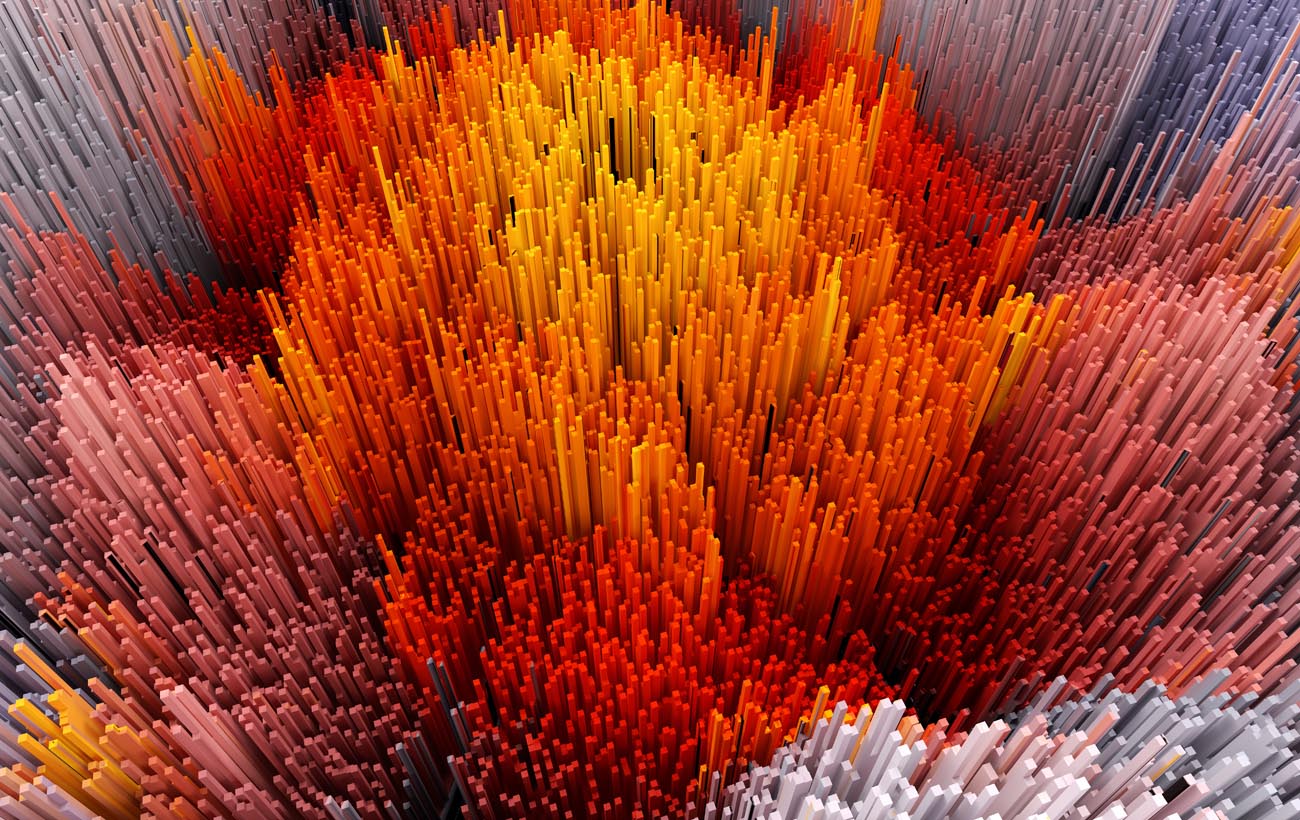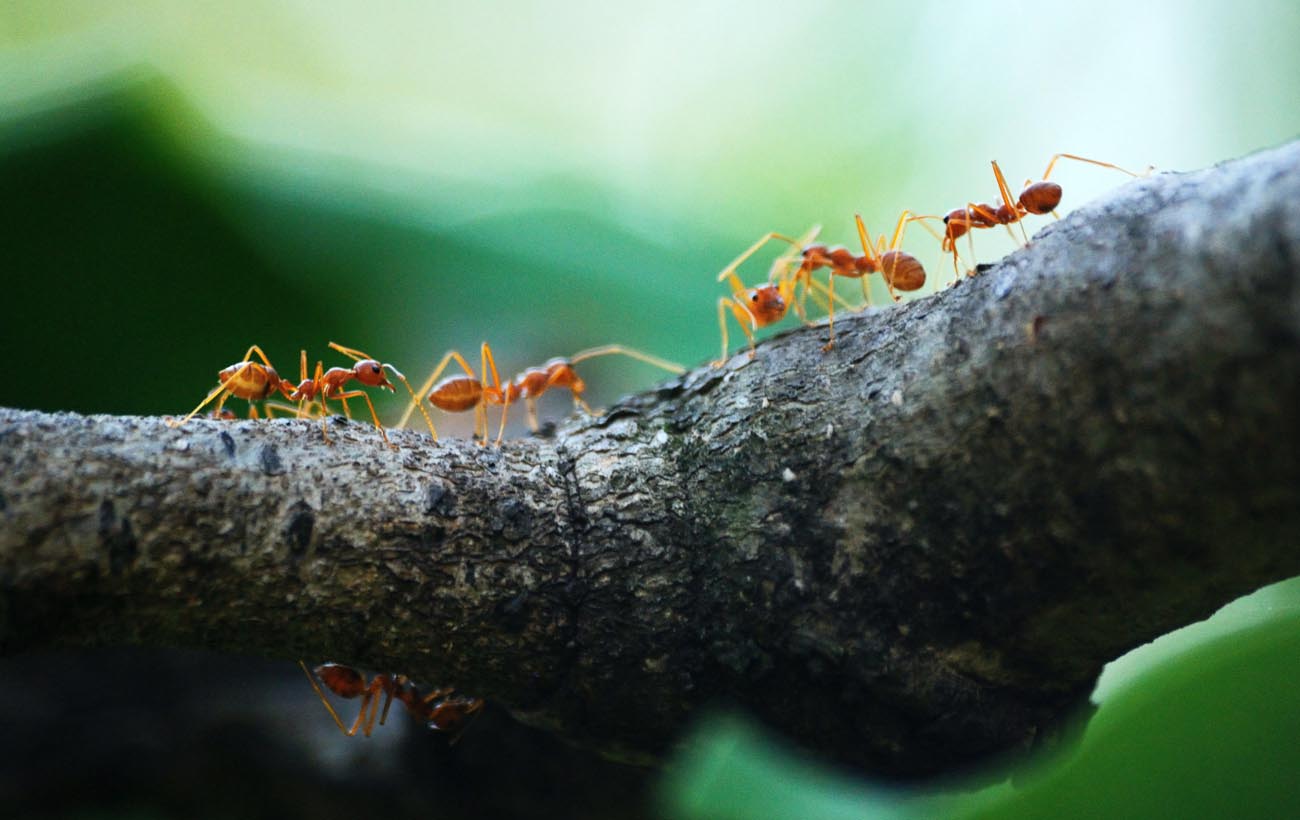Over the last few years and even now, we usually hear that in order to build a microservices architecture or any distributed system, the services must be stateless. This way if we need, we can scale out adding more instances to face all the traffic that arrives. However, these systems also need to store the state in some way.
Welcome back to our series on Swarm Intelligence Metaheuristics for Optimization. On this post, we will focus on Particle Swarm Optimization. Recall we define Metaheuristics as a class of optimization algorithms which turn out to be very useful when the function being optimized is non-differentiable or does not have an analytical expression at all.
There is one striking element that does not seem to have been addressed as a common purpose between business teams and IT teams when confronting Innovation or Digital Transformation roadmaps… A Data Management Strategy.
Apache Ignite is a distributed in-memory cache, query and processing platform. Discover how to build your own Apache Ignite persistence with Scala.
Transfer learning consists in training a base network and reusing some or all of this knowledge in a related but different task.
Transfer Style allows to use the inner understanding of an already trained Convolutional Neural Network to transfer style from one picture to another.
Data augmentation is a basic technique to increase our dataset without new data. Although the technique can be applied in a variety of domains, it’s very commonly used in Computer Vision, and this will be the focus of the post.
This post will focus on a class of metaheuristics known as Swarm Intelligence. The most amazing feature of these algorithms is their ability to solve complex problems by a set of cooperative agents posing very simple intelligence.
This post aims to show how to build an on-premise Mesos architecture to handle a disaster scenario when an entire Data Center is not available, covering also some framework strategies for zero data loss.
Data analysts are often confronted with a seemingly difficult decision: to choose between a simple model or a more complex one. Discover more in this post in which Carlos del Cacho explains the unexplainable.










